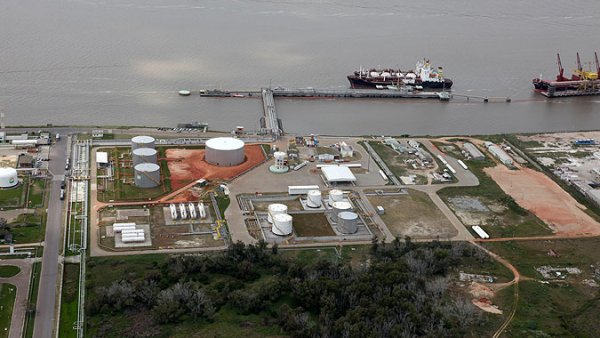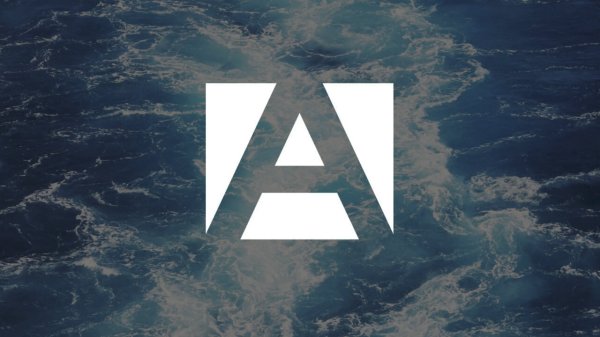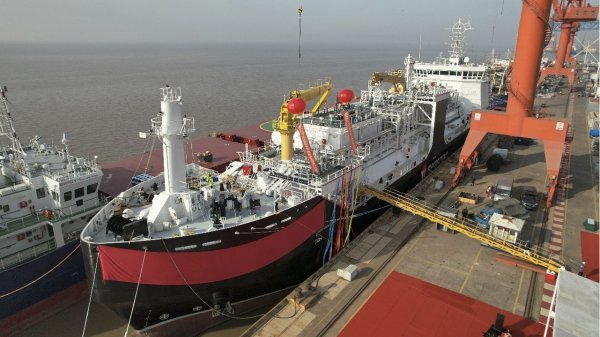Grounded bulker MV Benita debunkering update
Fuel is being pumped into one of the holding tanks onboard the ship and transported to the shore by helicopter.
The grounded bulker MV Benita is in the process of being debunkered. Efforts are underway to safely remove all the fuel without effecting the surrounding wildlife and environment any further. When the ship made contact with the ground, oil and fuel began to spill into the surrounding water. Clean-up and environmental damage control efforts are also happening alongside the debunkering.
The debunkering process on MV Benita
Marine fuel used to power the ship is being removed in an intricate process handled by Five Oceans Salvage. In an effort to keep the fuel oil from spilling into the ocean, fuel is being pumped into one of the holding tanks onboard the ship. From there, it is transported to the shore by helicopter in large containers. This process is cumbersome and could take a few more days of work.
A total of 145 metric tonnes of heavy fuel oil (HFO) and 30 metric tonnes of diesel were reported on board the ship originally, all of which must be removed before any steps can be taken to get the ship ungrounded.
Operations appear to be running more smoothly now, as bad weather that plagued the salvage company's workers has dissipated. The vessel is firmly grounded on the Le Bouchon reef and appears stable, whereas before it was sea-sawing in the water due to harsh weather conditions.
Shortly after the incident occurred on the 14th of June, the National Coast Guard showed up to evaluate the situation. It was reported then that the oil spillage seen on the shores of Le Bouchon was not actually fuel escaping from the ship and was a result of sea water going into the bulker's hold and mixing with oil there. No HFO is said to be leaking into the water up to this point.
What happens next?
All fuel oil pumped from the MV Benita is set to be taken to the Virgin Oil Company (Mauritius) Ltd for treatment and processing.
It's estimated that removing the shipping vessel from its grounded state might take a month or more after the debunkering is complete. The earliest possible arrival for a tug capable of removing the vessel from the reef is 30th June. So far there is no official plan of action for removing the grounded ship, but Five Oceans Salvage engineers are working on a solution that will minimize environmental damages.
Clean-up efforts are ongoing to get the spillage out of the water and to minimize the impact to surrounding communities and wildlife. Oil booms are deployed around the area to block any escaping fuel oils from leaving the area. Any oil that gets trapped in the booms will be collected by the crew and taken to the shore with the bunkers to be safely managed.
How the incident occurred
It is unclear when events on the ship took place, but the grounding is now being attributed by London P&I Club - the insurer of the vessel - to a medical issue that occurred with one of the crew members in the engine room.
Early on, suspicions arose about a mutiny on board the vessel. It was also stated that a fight had broken out between the chief engineer and another crew member, who is currently hospitalized, and that the chief engineer - who is currently in Coast Guard custody - had locked himself in the engine room and cut power to the vessel.
The debunkering process on MV Benita
Marine fuel used to power the ship is being removed in an intricate process handled by Five Oceans Salvage. In an effort to keep the fuel oil from spilling into the ocean, fuel is being pumped into one of the holding tanks onboard the ship. From there, it is transported to the shore by helicopter in large containers. This process is cumbersome and could take a few more days of work.
A total of 145 metric tonnes of heavy fuel oil (HFO) and 30 metric tonnes of diesel were reported on board the ship originally, all of which must be removed before any steps can be taken to get the ship ungrounded.
Operations appear to be running more smoothly now, as bad weather that plagued the salvage company's workers has dissipated. The vessel is firmly grounded on the Le Bouchon reef and appears stable, whereas before it was sea-sawing in the water due to harsh weather conditions.
Shortly after the incident occurred on the 14th of June, the National Coast Guard showed up to evaluate the situation. It was reported then that the oil spillage seen on the shores of Le Bouchon was not actually fuel escaping from the ship and was a result of sea water going into the bulker's hold and mixing with oil there. No HFO is said to be leaking into the water up to this point.
What happens next?
All fuel oil pumped from the MV Benita is set to be taken to the Virgin Oil Company (Mauritius) Ltd for treatment and processing.
It's estimated that removing the shipping vessel from its grounded state might take a month or more after the debunkering is complete. The earliest possible arrival for a tug capable of removing the vessel from the reef is 30th June. So far there is no official plan of action for removing the grounded ship, but Five Oceans Salvage engineers are working on a solution that will minimize environmental damages.
Clean-up efforts are ongoing to get the spillage out of the water and to minimize the impact to surrounding communities and wildlife. Oil booms are deployed around the area to block any escaping fuel oils from leaving the area. Any oil that gets trapped in the booms will be collected by the crew and taken to the shore with the bunkers to be safely managed.
How the incident occurred
It is unclear when events on the ship took place, but the grounding is now being attributed by London P&I Club - the insurer of the vessel - to a medical issue that occurred with one of the crew members in the engine room.
Early on, suspicions arose about a mutiny on board the vessel. It was also stated that a fight had broken out between the chief engineer and another crew member, who is currently hospitalized, and that the chief engineer - who is currently in Coast Guard custody - had locked himself in the engine room and cut power to the vessel.

|
IMO approves pricing mechanism based on GHG intensity thresholds
Charges to be levied on ships that do not meet yearly GHG fuel intensity reduction targets. |
|
|
|
||

|
VARO Energy expands renewable portfolio with Preem acquisition
All-cash transaction expected to complete in the latter half of 2025. |
|
|
|
||

|
NYK trials biofuel in milestone coal carrier test
Vessel is used to test biofuel for domestic utility company. |
|
|
|
||

|
H-Line Shipping orders LNG bunkering vessel
Vessel with 18,000-cbm capacity to run on both LNG and MDO. |
|
|
|
||

|
How to engineer and manage green shipping fuels | Stanley George, VPS
Effective management strategies and insights for evolving fuel use. |
|
|
|
||

|
Swedish government bans scrubber wastewater discharges
Discharges from open-loop scrubbers to be prohibited in Swedish waters from July 2025. |
|
|
|
||

|
MAN Energy Solutions achieves 100% load milestone for ammonia engine
Latest tests validate fuel injection system throughout the entire load curve. |
|
|
|
||

|
Petrobras secures ISCC EU RED certification for B24 biofuel blend at Rio Grande
Blend consisting of 24% FAME is said to have been rigorously tested to meet international standards. |
|
|
|
||

|
Stolt-Nielsen to fully control Avenir LNG with acquisition
Share purchase agreement to buy all shares from Golar LNG and Aequitas. |
|
|
|
||

|
Bureau Veritas supports launch of CIMC SOE's LNG bunkering vessel
Handover of Seaspan Energy's cutting-edge 7,600-cbm vessel completed. |
|
|
|
||
Related Links
- · Brawl breaks out, bulker runs aground [Insights]
- · Mobil fined $288,000 for Tauranga bunker spill [Insights]
- · Crowley loses oil spill response service contract [Insights]
- · Philippines [Directory]

